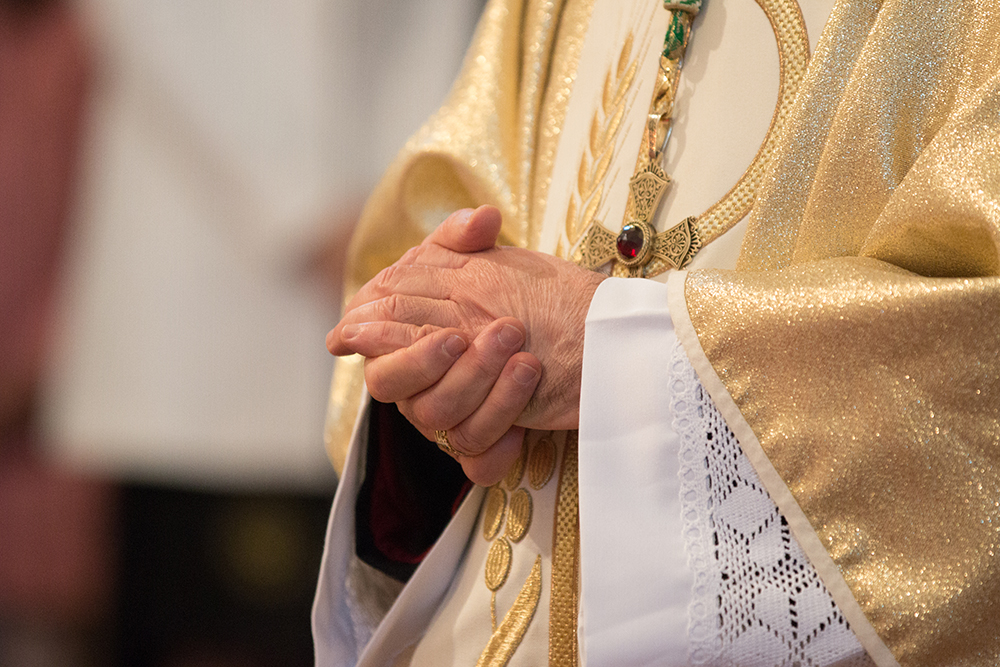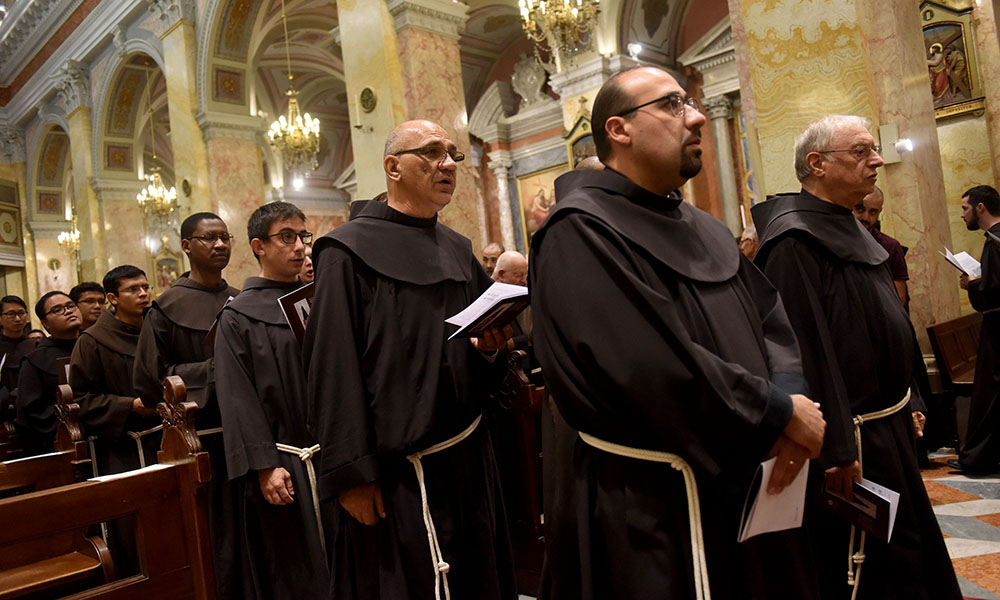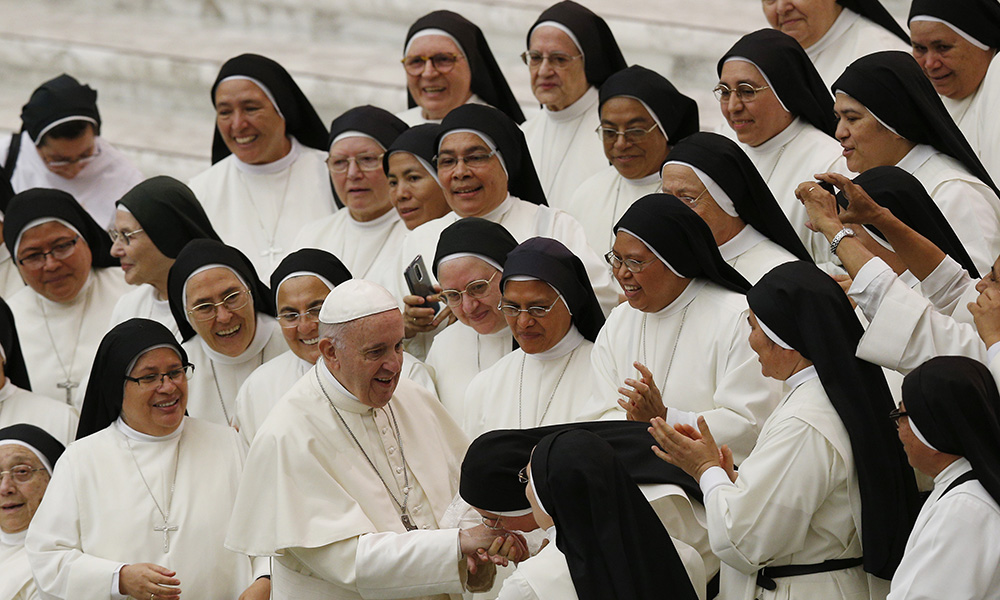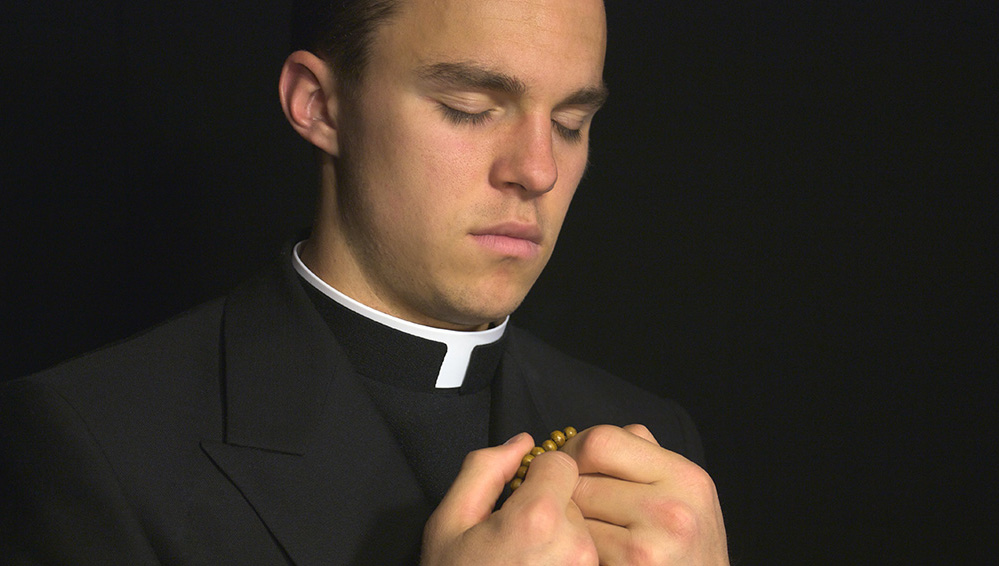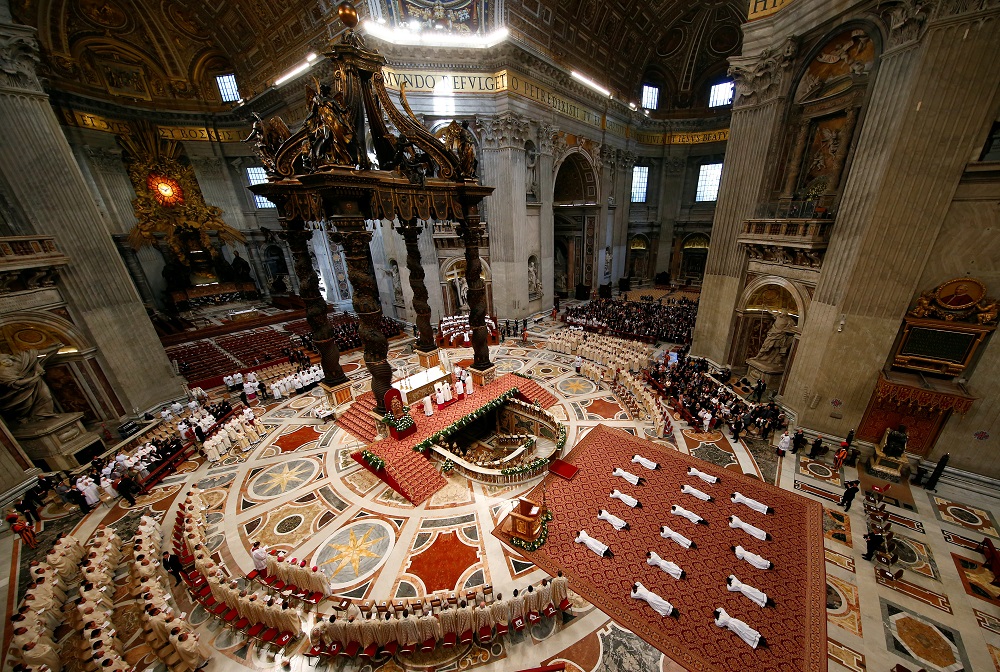A distinction must be made from the outset: some Catholic priests can be married and some can’t. This distinction is possible because there is nothing in the Deposit of the Faith that prohibits priests from being married. There is a long-standing practice, though, to require celibacy of Latin (or Roman) rite priests. In the Eastern rites, celibacy is generally not required — although it is required for bishops. Additionally, you will find married Catholic priests who come, for the most part, from one of the following scenarios: former Protestant ministers who have been ordained as priests under provisions approved by Pope St. John Paul II, former Anglican priests who have been received into the Catholic Church and been ordained Catholic priests after erection of Anglican Ordinariates by Pope Benedict XVI, or Orthodox priests who are received into the Catholic Church.
The Latin Church does not see celibacy as an imposition. Rather, it sees celibacy as a sign that the priest’s consecration to the Lord is with an undivided heart, where “they give themselves entirely to God and to men.” “Celibacy is a sign of this new life to the service of which the Church’s minister is consecrated; accepted with a joyous heart celibacy radiantly proclaims the Reign of God” (Catechism of the Catholic Church, 1579).
For any Catholic priest, if already ordained a priest, they cannot subsequently marry. Likewise, marriage after ordination is not possible ordinarily, without permission of the Holy See. This would apply in a situation if a wife died.
Michael R. Heinlein is editor of Simply Catholic. Follow him on Twitter at @HeinleinMichael.

